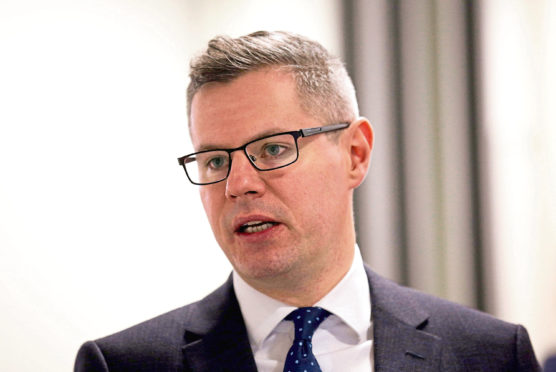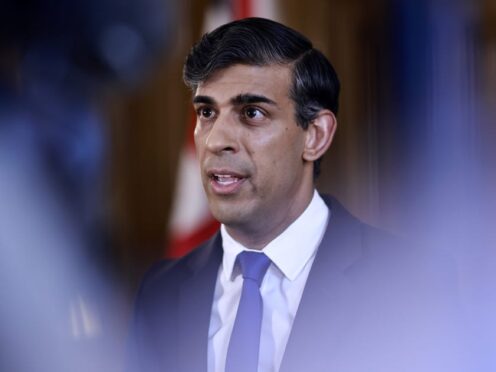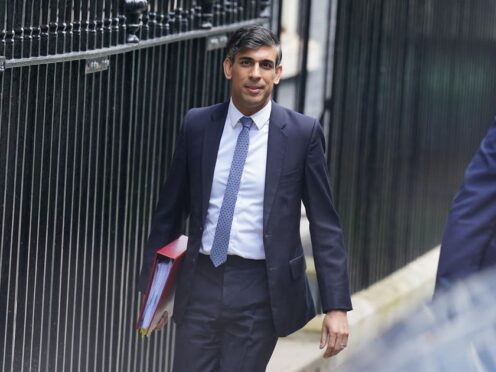SNP ministers need to set out how they plan to reduce a £13billion deficit in the event of independence, according to a leading economist.
Professor John McLaren, who is an honorary professor of public policy at Glasgow University’s business school, said a “period of public spending austerity” could be necessary in the event of a successful independence vote if the projections published yesterday by Government Expenditure and Revenue Scotland (GERS) materialised.
The former UK Treasury economist also questioned the assertion of Finance Secretary Derek Mackay that the GERS figures reflected the “strength of Scotland’s economy”.
He said: “This years GERS shows a slight improvement in Scotland’s fiscal balance. However, Scotland’s deficit remains considerable, at over 6% of GDP, or around £13 billion, and continues to be significantly higher than that seen for the UK.
“The comment by the Scottish Finance Secretary that ‘Scotland’s economy and public finances are strong’ seems fanciful given any reasonable analysis of recent low economic growth figures and a still high, by international standards, fiscal deficit.
“The size of Scotland’s inherited fiscal deficit, and how best to deal with it is likely to remain a highly relevant issue if the prospect of a second independence referendum rises.
“Unlike the currency issue, this topic is one that has been little debated by those who favour independence.”
Prof McLaren added: “While there are a variety of ways in which the inherited fiscal deficit position might be reduced, many of these will be subject to negotiation at the point of separation.
“As Brexit has shown, the degree to which any such proposals come to fruition, either at all or on the scale originally foreseen, is difficult to predict in advance.
“All of this means that there is a lot at play for in terms of, how much by, and how quickly, to reduce the inherited deficit, and the degree to which this adjustment should be spread between increased taxation, reduced public spending and increased borrowing.”










